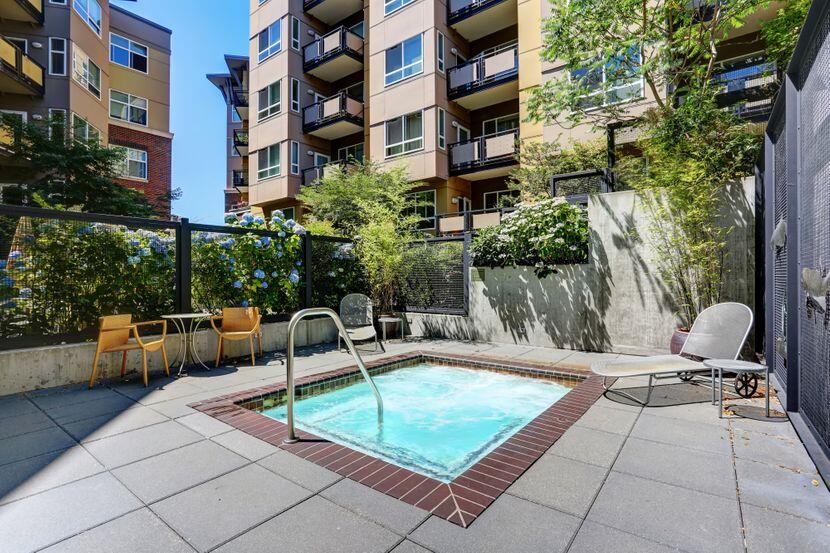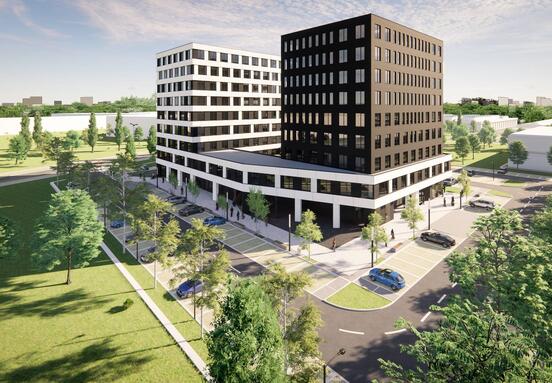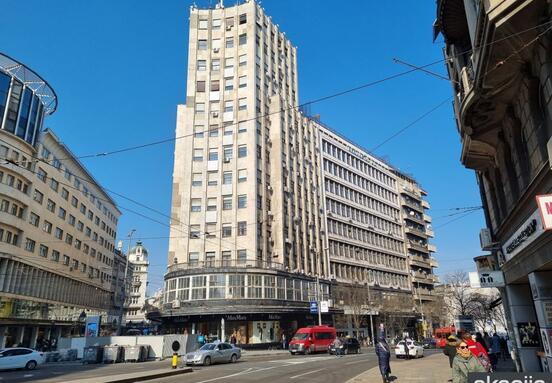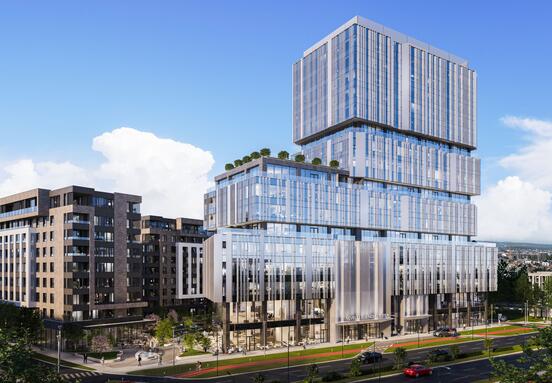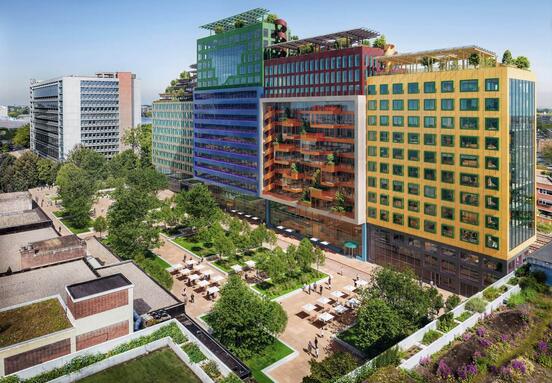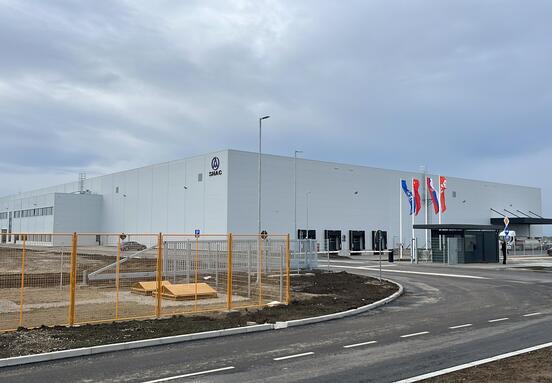Although many experts, especially lay people, believed that the crisis would - naturally - have a negative impact on all aspects, this did not happen with the real estate market. Prices are rising unprecedentedly, so buyers are in the "unpicked grapes".
Everyone is wondering if now is really the time to buy an apartment? It may not be, but on the other hand, each period has its "traps". Usually sellers end up winning, especially if they have an apartment / house in a good location and in a city like Belgrade.
But, the prices are certainly not growing only in our country, but also throughout the region, the world and Europe. According to new data from the Republic Geodetic Authority of Serbia, the total amount of funds in the real estate market was twice as high in the second quarter of this year compared to last year.
Also, it was 1.6 times higher than in the prepandemic year 2019
Of course, traditionally the most expensive Belgrade locations - that remains. Also, new construction is especially appreciated, although it has its drawbacks. In our capital and in Novi Sad, this type of construction is now as much as 14% more expensive than last year, and the culprit for that is not only increased demand, but also a drastic increase in the price of construction materials, which we also wrote about.
We remind you that prices in that domain jumped by as much as 150 to 200 percent.
In some parts of Nis, the square has jumped by more than 40 percent, and eventually we can say that Kragujevac is stagnating with prices, especially when it comes to renting out residential real estate.
Is 2021 the right time to buy an apartment?
It is difficult to answer this question. On the one hand, the prices of rent are also jumping, so people want to solve the housing issue as soon as possible, so as not to "throw" more and more money into the wind. The question of when the situation on the real estate market will stabilize remains open, and some experts appeal that "the bubble could burst soon".
The appetite for housing loans is also growing, and it is worth mentioning that in the last five years - the weighted average interest rate on newly approved housing loans has decreased by 0.97 percentage points.
Developments in the domestic real estate market are certainly part of a broader trend, as already mentioned. The average price growth in the 40 OECD member states was 9.4% in 2021, which is the strongest growth in the last 30 years. On the other hand, while real estate prices were rising - wages stagnated.
From 2010 to the first quarter of 2021, housing prices in the EU increased, on average, by 30.9%, and rents by 15.3%. In Hungary, apartments have risen in price by almost 100%, in the Czech Republic and Slovakia by more than 50%, while the lowest price growth is in Slovenia, Croatia (both a little over 20%) and Romania (only 10%), according to the latest research.
Current prices in Serbian cities
At the level of Belgrade, the average price per m2 is close to 2,000 euros, with 2,500 euros in the center. It is around 1,950 euros in New Belgrade, and 2,350 euros in Vracar. Mirijevo and Palilula have average prices from 1,250 to 1,930 euros, and in Voždovac the current figure is a little over 1,800 euros per square meter.
At the level of Novi Sad, the average price per m2 is around 1,400 euros. There are 1,700 in the center, 1,350 in Novi Naselje, over 1,500 euros in Podbara, and around 1,700 euros in Grbavica.
At the level of Nis, things are as follows: Bulevar Nemanjića - 1,250 euros, Pantelej and Durlan - around 900, and Palillo 1,000 euros. The city location in Kragujevac is worth about 800 euros per m2.
Where is the "stuck"?
As we have already said, the main "culprit" is the unbalanced supply, then record low interest rates, ie the demand for favorable loans, higher prices of materials, but also the accumulated savings of citizens during 2020.
One of the factors is the long process of obtaining a building permit, which limits the offer. However, unlike Slovakia, where this process lasts the longest in the region, as much as 300 days, and Romania and Slovenia (about 250 days), in Serbia this process is shorter than 100 days, which makes us closer to Great Britain (86 days).
Despite the rapid rise in housing prices, the risk of a cycle of rising and falling real estate prices in the CEE region has been significantly reduced, and the banking sector is in good and stable condition.
The problem of construction itself should also be emphasized: currently, 75% of all buildings in the EU are not energy efficient - they consume 40% of total electricity consumption and emit 36% of greenhouse gases. At the same time, the countries aim to reduce CO2 emissions as much as possible in the coming years.
To achieve the goal of net reduction of emissions by 55%, by 2030, it is necessary to double the rate of energy renovation of private and public buildings, primarily by decarbonization of heating and cooling systems. It is estimated that this will require 275 billion euros of investment annually in renovation projects.
An obstacle on this path may be the lack of attractive financial incentives for the implementation of such projects, and in addition, the understanding of potential benefits remains low. According to current data, the largest number of loans for energy efficiency was approved in Vranje, Zrenjanin and Sombor.
Source: BusinessTelegraph
